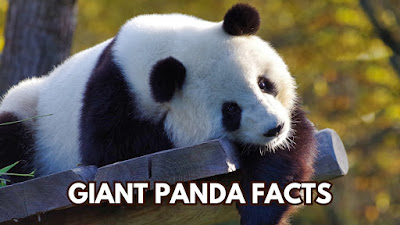Five Senses Facts
Name a food you absolutely love?
Did you know taste is one of the
five senses?
The five human senses in ABC order:
1. Hear—Sound waves enter our ears and travel through our tiny ear canals, which lead to the eardrum.
2. See- Light enters the eye through the cornea. That
light passes through the cornea and hits the eye lens. The light moves to the
retina, and the optic nerve transmits the visual information to the brain.
3. Smell—We inhale air that contains odor. That air binds to receptors inside our nose, and then the odor messages are sent to our
brain.
4. Taste—When you eat, your saliva helps break down your food. The receptor cells located in your taste buds send
messages to your brain through your sensory nerves.
5. Touch—Our skin is the biggest organ in our body, and every part has touch receptors. These receptors travel along the sensory nerves that connect to the spinal cord, and the signals are sent to the brain.
Here is a tasty recipe for salmon lovers. I hope it pleases your taste buds. Enjoy!!!
If you have any allergies to any ingredients, please don’t eat them! Please get your parents' permission and guidance.
Salmon Burger Recipe:
Ingredients:
4 tablespoons of olive oil; divided
8 cloves of garlic minced
1 onion diced small
3 6oz cans of skinless, boneless Pink Salmon, drained
6 tablespoons of Mayo
1 tablespoon of mustard
1/4 cup Italian breadcrumbs
2 slices of bread ripped into tiny pieces
1/2 teaspoon of salt
1/2 teaspoon of pepper
2 eggs
Directions:
Get all your ingredients together. Mince the garlic and dice
the onion. Fry the onion and garlic with 2 tablespoons of olive oil in a
large frying pan on medium-high heat for about 7 minutes or until golden brown,
stirring occasionally. Remove from heat and set aside. In a large bowl, put the drained salmon, mayo, mustard, salt, pepper, Italian breadcrumbs, ripped-up
bread, 2 eggs, and the cooked onion and garlic; mix up well with your hands or
a fork and form into 6 burgers. In the same pan that you cooked the onion and
garlic in, add 2 more tablespoons of olive oil and let heat up. Add the 6 salmon
burgers to the pan and cook on medium-high heat for about 8 to 10 minutes on each side or until the desired level of doneness is achieved; be sure not to burn them.
Remove the burgers from the pan and set them on a plate with paper towels to drain
excess oil off them. Serve on a multi-grain roll or bread of your choice with lettuce, pickles, cheese, mayo, mustard, ketchup, or whatever your heart
desires.
Books about the five senses:
1. Look, Listen, Taste, Touch, and Smell: by Pamela Nettleton
2. My Five Senses by Aliki
3. Baby Loves the Five Senses: by Ruth Spiro
4. Our Amazing Senses by Jodi Wheeler-Toppen
5. Taste (The Five Senses Series) by Maria Rius
Parents, please be sure books are child-friendly before
reading to your child/children.





























